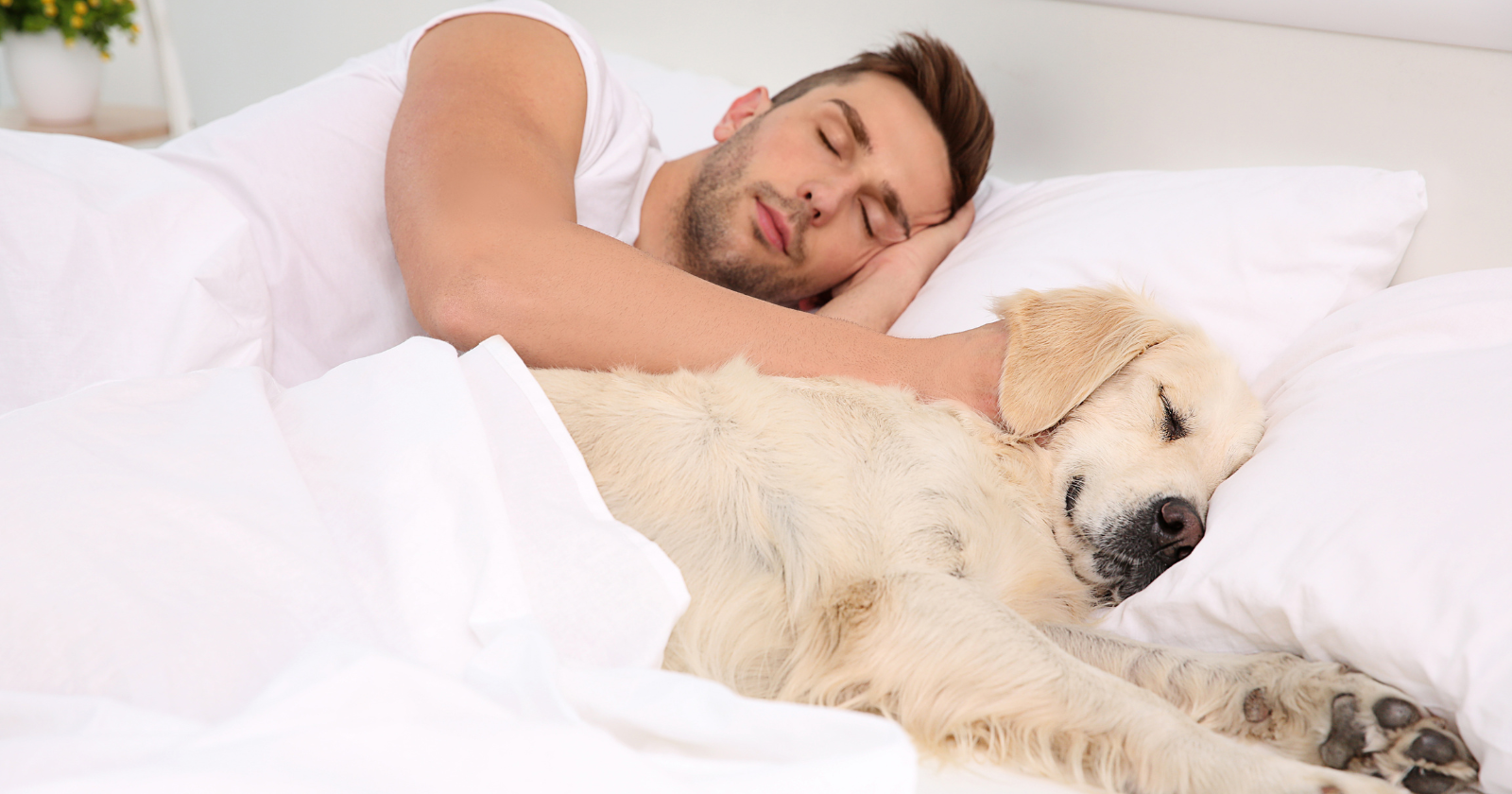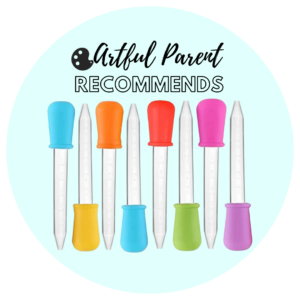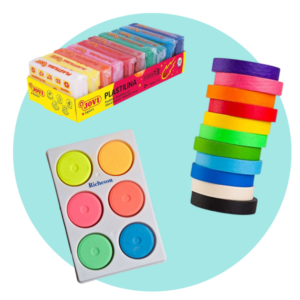There are nights when I wake up to find Ellie’s arm draped across my face and Milo’s foot somehow wedged into my ribs. But the real space invader? Our ancient tabby cat who somehow manages to claim the exact center of the pillow I desperately need.
Matt jokes that our bed has become some sort of family command center, where everyone gravitates for comfort. And he’s not wrong.
If you’re reading this with a dog snoring beside you or a cat currently occupying your preferred sleeping position, you’re in good company.
Turns out, those of us who share our beds with our furry friends aren’t just animal lovers—we’re displaying some pretty fascinating personality traits that psychology has started to unpack.
Let’s dive into what your pet-sharing sleeping habits might reveal about you.
1) They prioritize emotional connection over convenience
Let’s be honest—sharing your bed with a pet isn’t exactly practical.
There’s the fur, the midnight movements, the occasional paw to the face at 3 AM. I’ve lost count of how many times I’ve woken up clinging to the edge of the mattress while our cat sprawls luxuriously across my pillow.
But here’s the thing: people who co-sleep with pets understand something important. Research shows that pet co-sleepers are often willing to sacrifice optimal sleep quality in favor of emotional and relational comfort, choosing the intangible benefits of closeness over obvious practical drawbacks.
This trait often shows up in other areas of life too. You might be someone who values meaningful experiences over efficiency, who’d rather take the scenic route if it means better conversation, or who keeps traditions alive even when they require extra effort.
When Milo started climbing into our bed around 18 months, I could have been strict about boundaries. But watching his little face relax into sleep, feeling that trust—it was worth every restless night.
2) They have heightened empathy
Ever notice how you can tell when your pet needs something before they even ask?
That’s empathy at work, and it’s one of the strongest traits psychologists have identified in people who sleep with their pets. Studies show that pet owners display significantly higher levels of empathy toward animals, and this enhanced empathic concern often extends to their human relationships as well.
When you allow a pet into your sleeping space, you’re essentially saying “I see you, I feel what you need, and your comfort matters to me.”
Last week, Ellie came home from preschool upset about a friend who’d excluded her from a game. She couldn’t quite articulate why it hurt so much, but I could see it in her body language—the same way I’ve learned to read when our cat needs space or when she’s seeking connection.
This ability to tune into non-verbal cues and emotional undercurrents? It’s something we practice every night we share our space with beings who communicate differently than we do.
3) They’re remarkably adaptable
Sleeping with a pet requires a PhD in positional geometry.
One night you’re curled in a crescent around a snoring dog. The next, you’re somehow sleeping at a 45-degree angle because a 10-pound cat has claimed the prime real estate. You learn to adjust, to accommodate, to find comfort in less-than-ideal positions.
This physical adaptability translates into emotional and mental flexibility. Research on co-sleeping with pets indicates that individuals who share their beds with animals develop greater adaptability and resilience through managing nighttime disruptions and learning to adjust their routines around another being’s needs.
I’ve watched this play out in my own life. Since becoming comfortable with the nightly chaos of co-sleeping, I’ve noticed I’m less rattled when the kids throw curveballs during the day. Milo refuses his usual breakfast? Okay, we’ll try something else. Ellie’s craft project explodes across the kitchen? We’ll figure it out.
When you spend every night negotiating sleep space with a creature who has zero concept of personal boundaries, you develop a certain resilience.
4) They value deep emotional bonds
There’s something sacred about sleep, isn’t there?
It’s when we’re at our most vulnerable—completely unguarded, unconscious, defenseless. Choosing to share that state with another being speaks volumes about the depth of connection you value.
When Matt and I first started letting our old cat sleep with us years ago, before the kids arrived, I remember feeling this profound sense of trust. Here was this creature who depended on us, and we were essentially saying “you’re safe here, in this most vulnerable space.”
People who co-sleep with pets aren’t usually the types who keep relationships at arm’s length. Psychology research confirms that people form strong affective bonds with their companion animals, often viewing them as family members, and these emotional bonds reflect their capacity for deep, reciprocal relationships.
This shows up in friendships too. I’ve noticed the friends who matter most to me are the ones I can call at midnight, the ones who show up without judgment, the ones who create that same sense of safe vulnerability that exists in the quiet darkness of shared sleep.
5) They’re comfortable with vulnerability
Let me paint you a picture: it’s 6 AM, and I’m drooling onto my pillow with my hair doing something that defies physics, mouth hanging open mid-snore.
And my cat? She’s seen it all. Every unglamorous moment.
When you sleep with a pet, you’re revealing parts of yourself that usually stay hidden. The snoring, the sleep-talking, the sprawling, the occasional midnight bathroom shuffle. There’s no pretense, no performance.
I think about how this has shaped my parenting. I don’t hide my struggles from Ellie and Milo anymore—not the big feelings, not the moments when I mess up and need to repair. If I can be my unfiltered self in sleep, why not in the rest of life?
6) They have strong nurturing instincts
Ever found yourself adjusting your sleeping position—even when it’s wildly uncomfortable—just so your pet can stay comfortable?
That’s your nurturing nature showing up.
Last Tuesday, I woke up with a crick in my neck because I’d been sleeping in this twisted position all night. Why? Because moving would have disturbed our cat, who was finally sleeping peacefully after a rough evening.
This instinct doesn’t stop at the bedroom door. It’s the same impulse that has me checking on sleeping kids three times a night, making sure everyone has enough blanket, that the house is the right temperature.
It’s wanting everyone in your care to feel safe and comfortable, even if it means a little sacrifice on your part.
7) They understand non-verbal communication
Pets don’t exactly tell us what they need with words.
Instead, we learn to read the subtle shifts—a change in breathing pattern, the way they reposition themselves, the tension or relaxation in their body. Sharing a bed with a pet turns you into an expert at reading these non-verbal cues.
I can tell by the way our cat curls up whether she’s truly settling in for the night or just taking a temporary rest before her 2 AM zoomies. I know from Milo’s breathing when he’s genuinely asleep versus just pretending.
It’s a superpower I didn’t know I was developing until I realized I could sense when Matt was stressed before he even said anything, or when Ellie needed extra comfort even though she was putting on a brave face.
8) They value routines and consistency
There’s a rhythm to co-sleeping with pets that becomes almost sacred.
Our cat knows the sequence: lights dim, teeth brushed, kids tucked in. She’ll wait by the bed, patient as a meditation teacher, until the precise moment when it’s time to settle in for the night.
People who share their sleeping space with pets often crave this kind of structure. Studies on human-animal bonds show that the predictable routines and consistent companionship provided by pets contribute to feelings of stability and emotional security.
This trait shows up throughout daily life. Maybe you’re the type who has morning rituals you rarely skip, who finds peace in predictable patterns, who creates little ceremonies around ordinary moments.
For us, the bedtime routine with our cat has become one of those anchoring moments. No matter how chaotic the day was, no matter what curveballs got thrown, there’s this consistent thread of connection and calm that helps everyone settle.
It’s not about rigidity—it’s about creating pockets of predictability in an unpredictable world.
Final thoughts
As I write this, it’s nearing bedtime, and I can already see our cat positioning herself near the stairs, ready for the evening migration to the bedroom. Ellie’s asking if she can sleep in “the family bed” tonight, and Milo’s already in his pajamas, clutching his stuffed elephant.
Will I get a full night’s uninterrupted sleep? Probably not. Will I wake up in some contorted position to accommodate everyone else? Almost certainly.
But here’s what I know: the traits that co-sleeping reveals—the empathy, the adaptability, the deep capacity for connection—these aren’t just about nighttime. They shape how we move through the world, how we love, how we show up for the beings who depend on us.
So if you’re reading this with a furry companion pressed against your leg, or if you’re one of those people who always leaves room on the bed “just in case,” know that you’re part of something beautiful. You’re someone who values connection over convenience, who leads with your heart, who understands that love sometimes means sharing your pillow even when you really, really need it.
And honestly? That’s worth every lost inch of mattress space.










